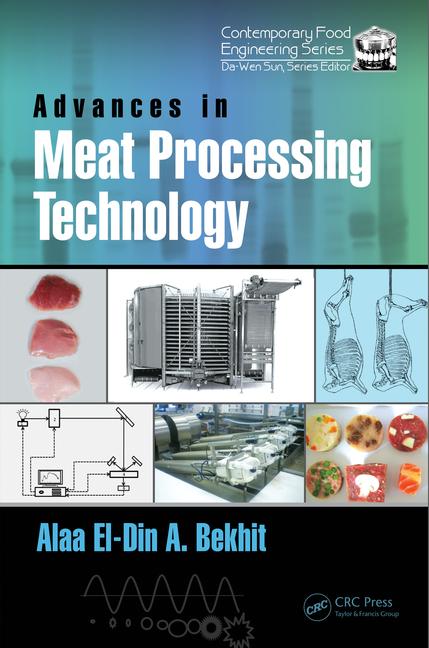Contradictions in the casings market

The casings business is a tale of contradictions. Its dynamics don’t always gel in the same manner as those in other parts of the industry. Common variables like capacity, price, and innovation rarely seem to be on the same wavelength. Add to that the U.S. market – the largest consumer of casings - is served primarily by a handful of domestic subsidiaries from their Europe-based production facilities. But business is good.
In general, the market is growing faster than casings manufacturers’ abilities to satisfy demand, according to an industry source. “The challenge is scheduling and capacity. Lead times are very long. They’ve stretched out from 12 weeks to 16 weeks, and in some cases 20 weeks.” Suddenly, the more service-oriented suppliers are compelled to inventory more sizes, colors, and shapes of casings here at home, so their customers have less incentive to look elsewhere for options.
Much of this business boom is COVID-related in the sense that people have spent a lot more time eating at home, and sausages are a common comfort food. “Double-down on that with a beef shortage and skyrocketing prices, then the question is can pork and chicken catch up fast enough? And they did. Cheap meats begat more sausages.”
Despite most sports venues, theme parks, dine-in foodservice, and large gatherings of any sort being shuttered, 944.3 million pounds of hot dogs were sold at retail stores in 2020, according to data from the National Hot Dog and Sausage Council. That’s a lot of cellulose! “That market grew like crazy last year. Skinless hot dogs grew so much because of eating at home. Everybody enjoyed growth in the cellulose market.”
Perhaps the hottest application at hand is pepperoni. As the number of pizzas consumed in the U.S. rises, so too does the demand for this favorite meat topping. “There have been new plants opening in the last couple of years. Huge pepperoni plants. The capacity is increasing, and pepperoni still must be made in fibrous casings. There is no alternative to doing that. That’s one application in the casings industry that is growing huge.”
Because there is so much pepperoni being sold, the big food manufacturers jump from one pepperoni processor to another in order to keep their costs down and get the best price for their pepperoni. The processors took this lesson to heart and manage their casings vendors in the same fashion whatever the application. “Over the last decade-plus, the casings industry has become more and more commoditized,” he asserts. The big national players manage so much volume that no one can afford to walk away no matter what happens to price. Once entrenched in this cycle, there is not a lot of incentive to spend R&D dollars to change anything in a casing.
However, for years much conversation has spotlighted pre-soaked casings as the innovation that will change the business. Prepping casings is labor intensive, which is the part of using them that everybody wishes they could avoid. Processors wish they could just take them out of the box and use them. Some manufacturers believe they have the solution. If they’re correct, it’s a game-changer. But in this contrarian trade, there may be a catch-22.
The only way casings remain a commodity is if processors buy from all of their vendors. Playing one against another forces prices lower and lower. If they commit to a single supplier, the leverage shifts.
If every casings manufacturer can’t offer pre-soaked casings, are processors willing to dump those who can’t in order to buy them from those who can and pay more, compromising their pricing model? It may be a while before we know the answer, because no one really wants to be first down that trail. “They’ve gotten to the point where they’ve found that the lowest total cost is to fix their processes and run with the casings that are available because they can buy them cheaper that way,” the expert explains.
These relationships may not be perfect for every player, and sometimes run counter to convention in other segments, but it’s hard to argue when everyone seems to be winning with things as they are. So why change? That’s another contradiction.
Looking for a reprint of this article?
From high-res PDFs to custom plaques, order your copy today!









